Decluttering – it’s an on-trend topic that means clearing out and tidying up to a lot of people. At Kaffeeform, we also like the principle behind it: minimising to focus more on the essentials in life. But for us, it’s something else too, because we see exciting parallels in decluttering and some of the 10 principles of good design by Dieter Rams – the German modernist industrial designer. Let’s take a closer look.
A post written by Anja Friese
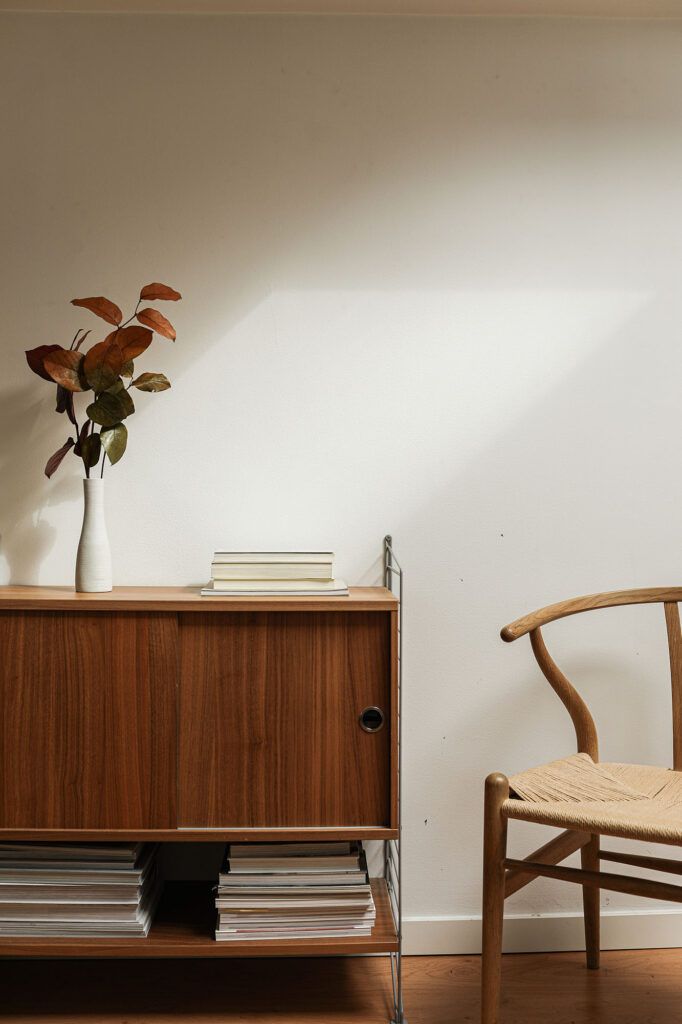
Decluttering creates a pleasing aesthetic.
A stack of notes here, a few receipts over there, and a pile of old newspapers in the corner of the living room. Who isn’t familiar with this – the ‘stuff’ that doesn’t have a proper place? It creates chaos, unrest and disorder – inside those four walls, but also in your mind. Decluttering is a helpful way of saying goodbye to all of that. Things can be stored away in cupboards, drawers and boxes, and individual items can be mindfully placed on sideboards and tables. True to the motto ‘A tidy home is a beautiful home’, order creates a pleasing aesthetic
– i.e. beautiful rooms to feel good in. We see an exciting parallel to good design here.
Good design is aesthetic.
The aesthetic quality of a product is an integral aspect of its usefulness. Because devices that you use every day shape your personal environment and influence your well-being. But things can only be beautiful if they’re well made.
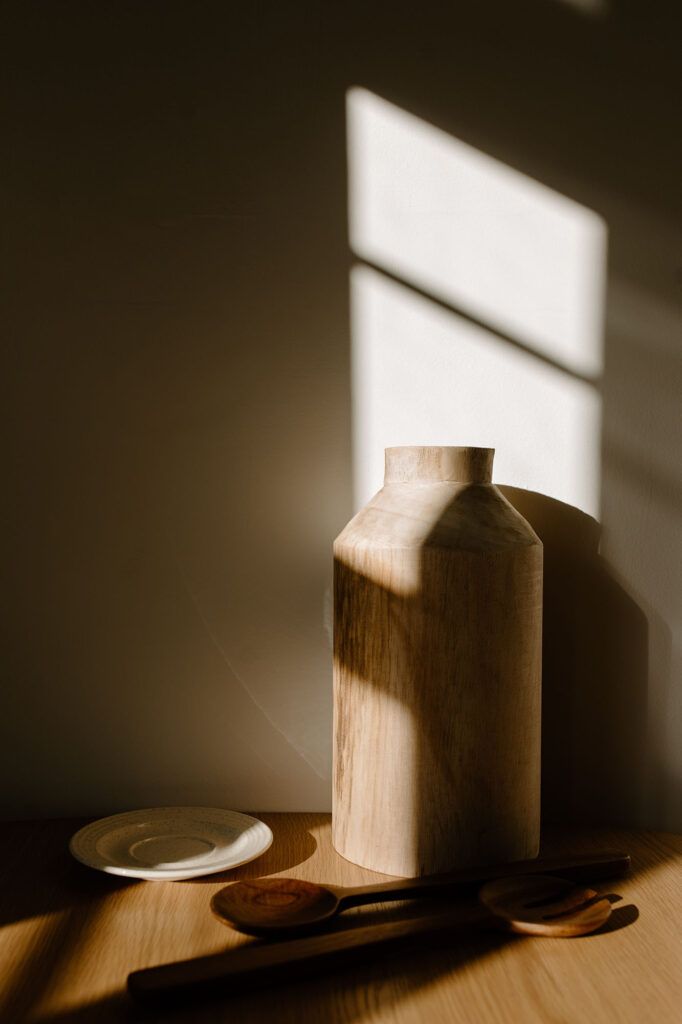
Decluttering means having as few possessions as possible.
As a kind of counter-reaction to our consumer society, where we are always pushed to buy things, decluttering is a sustainable way to reduce our possessions. Instead of accumulating more and more items, we can free ourselves from material attachments to bring order back into our lives. We then also get used to questioning the pressure to buy: ‘Do I really need it? What purpose does this item serve for me?’ In line with Ram’s tenth principle of good design ‘Good design is as little design as possible’, we say that decluttering is having as few possessions as possible.
Good design is as little design as possible.
Less (design) is more, as this means the focus is on the essentials – instead of burdening products with anything superfluous. Back to pure and simple!
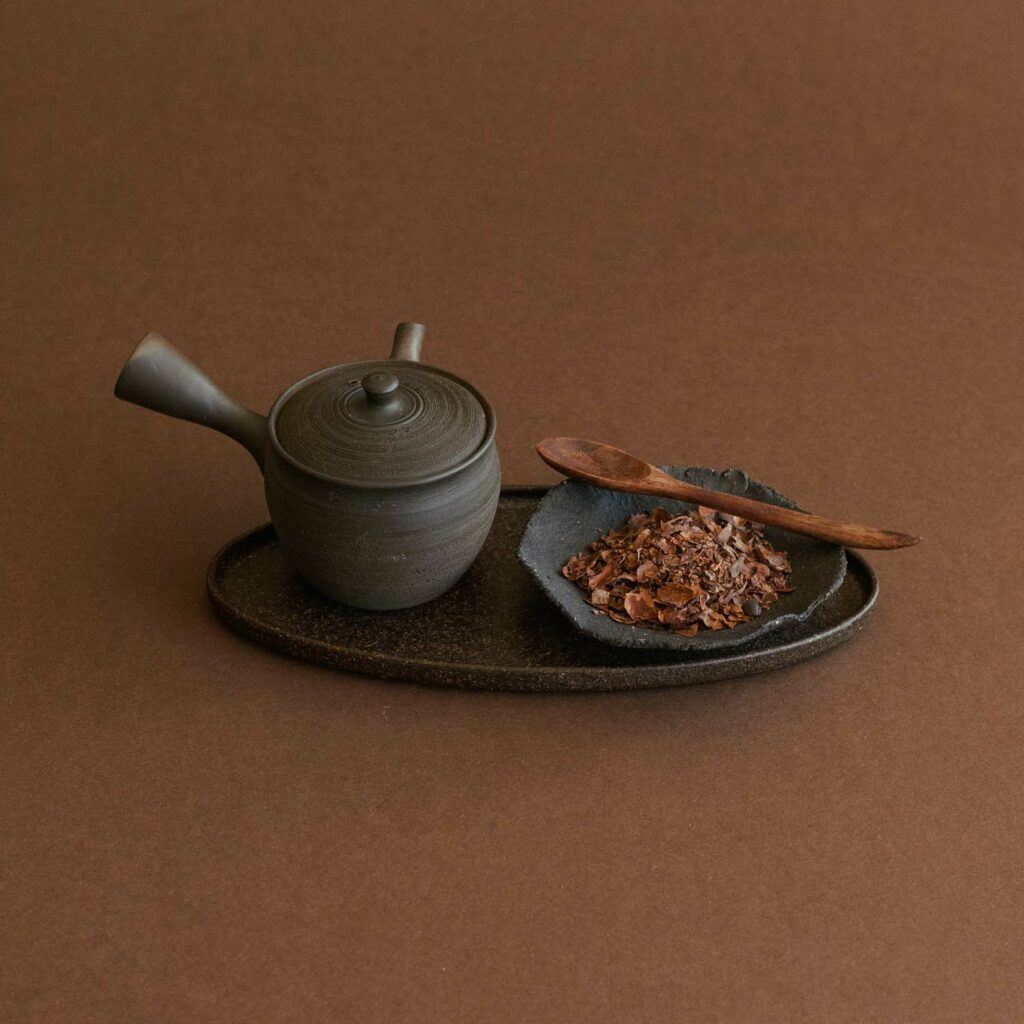
Decluttering gives items a practical value.
Decluttering is about minimising what you own down to the essentials. It is a structured sorting and tidying process through which we locate and get rid of all the unnecessary items in our home. The goal is to only keep things that are of real value to us. A principle that is also reflected in good design.
Good design makes a product useful.
You buy a product to use it. Its purpose is to fulfil specific functions – both primary functions and complementary psychological and aesthetic functions. Good design optimises usability and discards anything that doesn’t serve a purpose or even conflicts with this purpose.
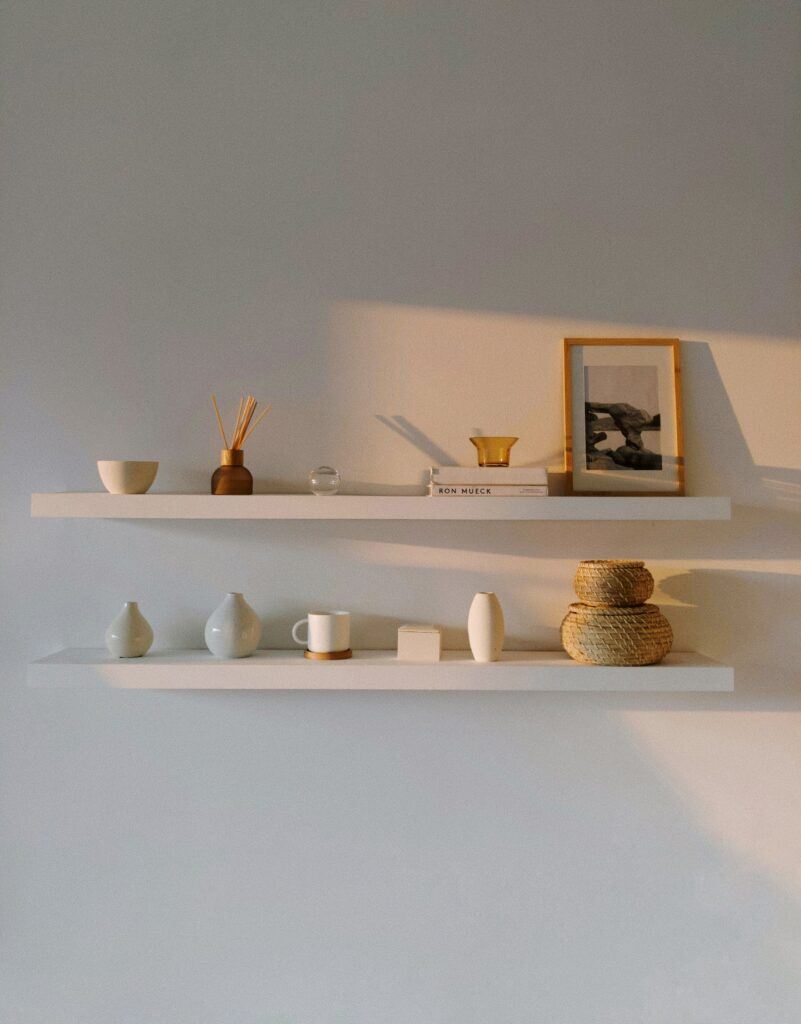
Decluttering is good for the environment.
Let’s be honest, we all have them – those clothes hanging in the wardrobe unworn for years or the mug that, after being unwrapped under the Christmas tree, has never been used. These are classic examples of items that are cleared out when you’re decluttering. But instead of throwing them away, they can be sold, given away or donated – giving them a new home. Maybe they can be upcycled or recycled – an old teapot could be used as a flowerpot or a worn T-shirt as a cleaning rag, for example. Decluttering not only encourages you to create order inside your own four walls – it’s also a small step towards leading a resource-saving and environmentally friendly life, which is similar to what good design should be, according to Rams.
Good design is envirunmentally friendly.
Design makes an important contribution to preserving the environment. It includes protecting resources and minimising physical and visual pollution in product design.
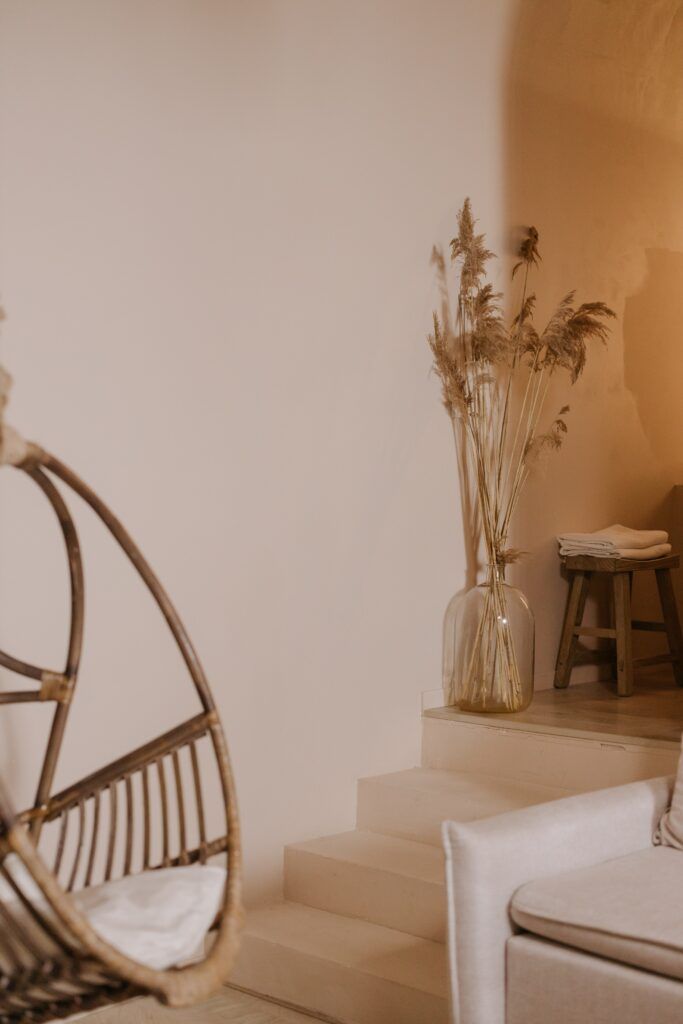
Do you have the urge to tidy up your home and have a clear-out while following the principles of good design? Then we’ve got something very special for you:
The new Kaffeeform Tray, which is a practical storage space and a stylish focal point. Whether it’s keys, jewellery or coins – little everyday things that can easily be lost but deserve more attention finally have their own place on the tray. Our innovative material that uses plant-based polymers, coffee grounds from Berlin cafés and recycled wood fibres make it a special sustainable accessory that helps you to highlight small everyday items in a minimal but clear way.